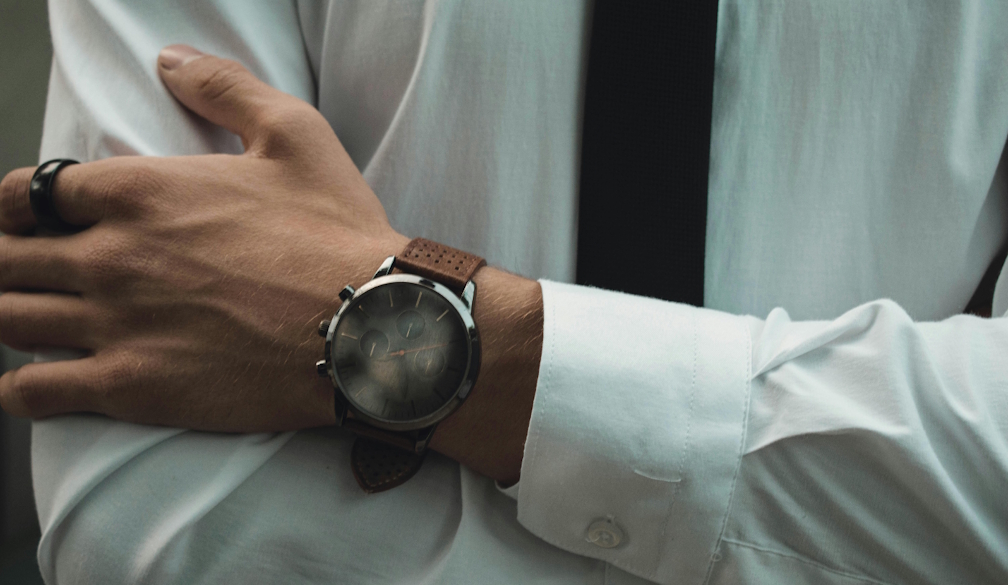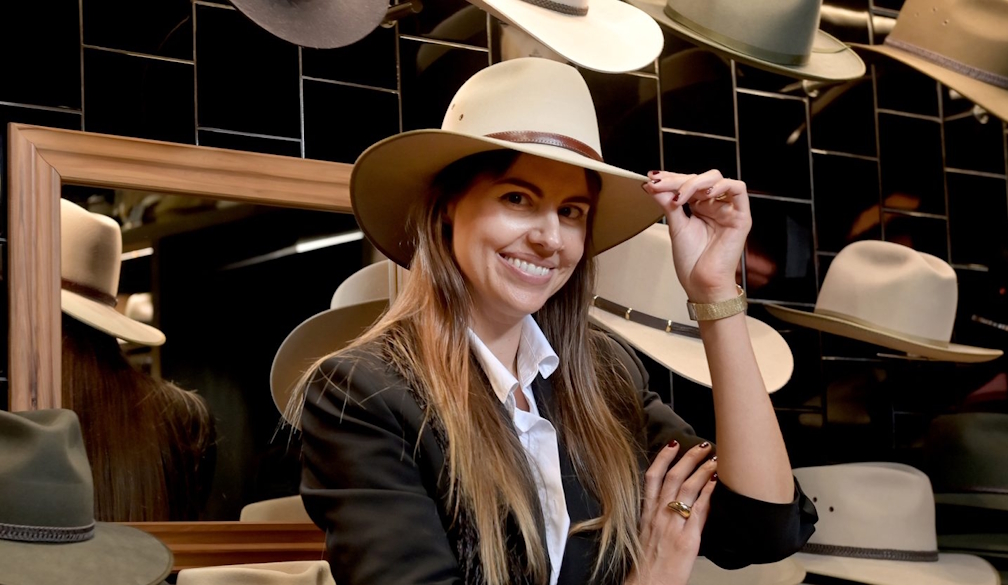STEPPING IT UP WITH OLIVER BOOTS

The latest range of zip sided safety boots from leading boot specialists Oliver Footwear
Leading Australian safety boot provider Oliver Footwear presents a new range of safety boots for those working in agriculture, building and construction.
The Hiker Boot range has been carefully created with security and comfort at the forefront. An extension of the popular AT 45 and AT 55 boot series’, the new range’s differentiating signature feature is the low ankle design.
Ideal for agriculture, building and construction workers who require the support and safety of a traditional work boot but with elevated comfort. The low ankle design ensures that those with active occupations are experiencing adequate support, with the ability to move around with ease.
Oliver Footwear does this by employing COMFORTcushion® Impact Absorption System with PORONTM which protects the heel and ball of your foot, Oliver SOFTstride® open cell low density urethane foam built into the insole for ultimate contour support and NATUREform® toe cap with a wide profile for greater comfort.
Both Hiker Boot styles feature water and high heat resistant technology; AT’s All Terrain dual density sole with lightweight shock absorbing durability, that makes both styles resistant to minerals, organic oils & acids. The AT 55 style is resistant to 300°C surface contact, while the 45 style is resistant to 130° C, making them the perfect all season workboot.
Oliver Footwear is dedicated to workplace safety, supplying thousands of boots to the workforce each year.
Every style complies with Australian and New Zealand safety standards and comes with a six month manufacturer’s warranty, so wearers can rest assured that their feet will stay safe, and their shoes sturdy.
For more information and stockists head to: https://www.oliver.com.au/stores












